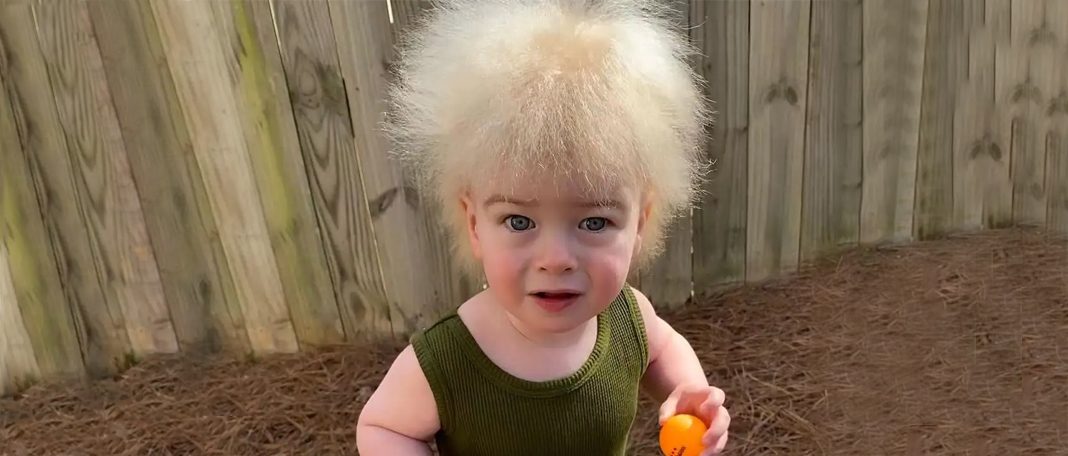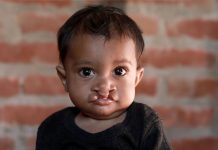Uncombable Hair Syndrome – the term says it all. One may get frustrated while combing, but the hair does not stay flat. Children are more likely to get affected by this condition. Scientists have found that genes are responsible for frizzy and dry hair. The syndrome can develop in childhood, mostly between infancy and three years. Parents can notice that the syndrome disappears in the adulthood of young children. Children who are white with pale blonde hair are most common to acquire this hair syndrome. Read along to learn more about the syndrome and the causes behind it.
Causes behind the uncombable hair syndrome
The wavy, dry, and brittle hair appearance can make you stand out from the crowd. Embrace the way you are. But if you feel really worried about the condition, remember, it will disappear in adulthood.
The syndrome is a rare condition that often only affects children. Here are the causes behind the uncombable hair syndrome:
Gene mutation
Blame the three genes, PADI3, TGM3, or TCHH, which get mutated to produce an uncombable hair type. These three genes are responsible for providing structure to hair shafts. During mutation, the proteins of PADI3 and TGM3 together modify the protein trichohyalin, primarily found in hair follicles, produced by the TCHH gene. This modified protein of TCHH binds with other unmodified trichohyalin proteins and certain molecules called ‘keratin intermediate filaments’ to form an organized cylindrical structure to the hair shaft.
Instead of a cylindrical form, one may get triangular, heart-like, or any irregular hair strand if the mutation does not render any results except producing proteins. In rare cases, all these irregular shapes can occur in a single strand of hair. These shapes won’t lie flat even if you comb for hours. Even some children holding frizzy hair do not have a mutation that can be identified and the cause of this condition is unknown, according to scientists.
How do recessive genes play a role?
Recessive genes are the carriers of your parent’s DNA. Recessive gene characteristics of a person indicate that the individual acts as the carrier of the gene which may be later inherited by their child causing uncombable hair syndrome, though he/she won’t have that frizzy hair issue.
Treatment
Scientists have found only 100 cases so far and there is no particular treatment for the condition. But the syndrome will automatically resolve once puberty begins. According to a case study of Locklan Samples of Georgia, a child with uncombable hair syndrome, this condition also shows symptoms such as skin sensitivity and overheating. Locklan’s mother even shared the story of her child’s condition on social media a few months back. There are hair products available in the market to manage the condition in an easier way.
Bottom Line
No matter whether you have uncombable hair syndrome or not, you don’t need to worry as the condition won’t cause any serious impact on your daily activities. It is just another hairstyle that can be enjoyed as everyone is unique.

















